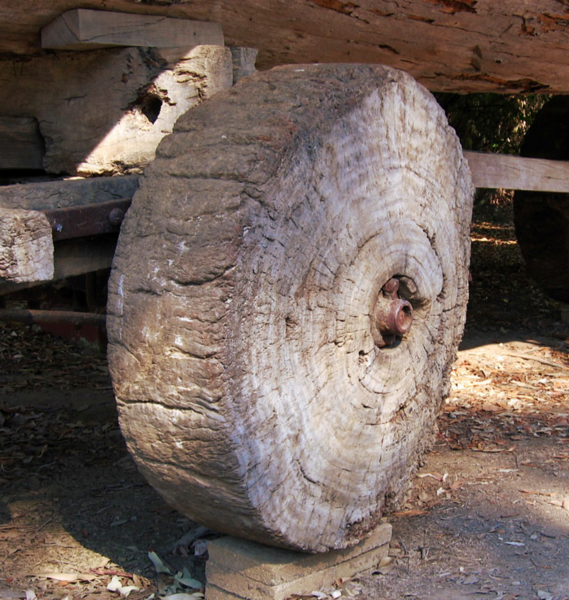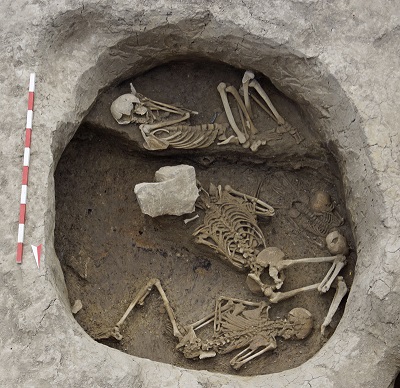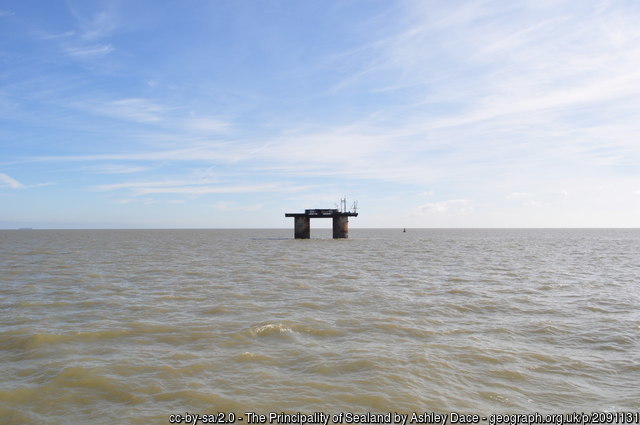Tree-forts, snow-forts, pillow forts, we see children from a very early age build forts without ever even necessarily having seen one in the real world. It might even be described as instinctual, our desire to find a defensive edge, to multiply the power and efforts of those we trust to stand beside us and to lay claim to a territory. When we look at the archeological record, this claim of instinction to build forts sounds all the more plausible.
Today’s featured fort comes from the Late Chalcolithic period and was estimated to have been built a staggering 6,700 years ago. Just to give you an idea of how early in our ‘mastery of technology’ we are talking, that would be 1200 years prior to the invention of the wheel. So early in our history, in fact, today’s fort is considered the earliest ‘town’ in Europe; with an estimated population of 120-350 at its peak.

Located in current day Bulgaria, this fort, known as Solnitsata is particularly noteworthy for how serious its dwellers had built its defenses. Proving just how ancient the classic fort archetypes are, Solnitsata featured walls (measuring 6 feet thick by 10 feet high), bastions, a moat, and a gate. What’s more, these weren’t just stick & lumbar palisades or even mudbrick walls, Solnitsataians took their need for defense importantly enough to build them out of solid stone.

And for good reason: Solnitsata was the Fort Knox of its day, except instead of gold it held something equally as valuable in its day, salt. While some might think it is an exaggeration to say the agricultural revolution and its consequences have been a disaster for the human race, pretty much anyone can agree the food sucked at the time and flies & maggots only made it worse. So salt became an immensely valuable item in trade for both its use as a ‘spice’ and as a way to preserve meat. Inside its protective walls, the Solnitsataites were like the Pablo Escobar of their day, boiling vats of brine collected from a local saline spring, then pressing and baking the remains into bricks (presumably then wrapped in cellophane tape).
As expected this made the town of Solnitsata incredibly wealthy. As evidenced by extensive necropolises for burying the dead containing gold jewelry and ceramics. From these type of grave goods we also see the evidence of the town’s long-distance trading, with a variety of both material and type of items outside of what was domestically produced. Equally impressive from these graves are the ages of those buried, some reaching over 50 years old. In short, the protection of a fort afforded a long and prosperous life.

(Photo used under fair-use from Vassil Nikolov; Méditerranée, 126)
While much of Solnitsata still remains to be excavated and documented, the picture we do see of Europe’s first town is one of surprising organisation, division of labor, and the constant of violence & defense. For as much as those same graves contained items of wealth, the Solnitsatan people were also the victims of attacks, as seen in traces like a flint arrowhead embedded in a spine, spearheads in hips, or hacked off feet & hands. Even the greatest fort in its time would only do so much if you left its walls.
Their deaths though are only further proof of the necessity of forts. And should we fort-enthusiasts not let them have died in vain to learn from Solnitsata that building a good fort: is a basic human instinct — we’ve constructed them for as long as we’ve settled in one place; allows for organization and specialization — time-intensive projects require centralization; and, helps accumulate and hold wealth — you too can get rich quick with this one simple trick. Protection from violent theft is an ancient struggle, friends.



